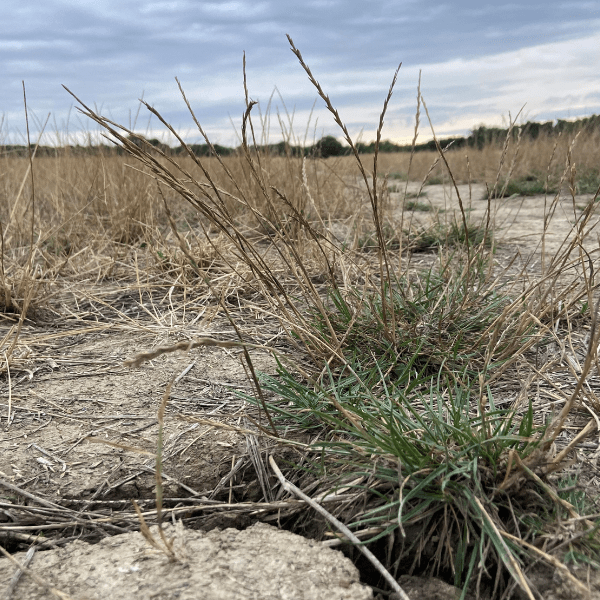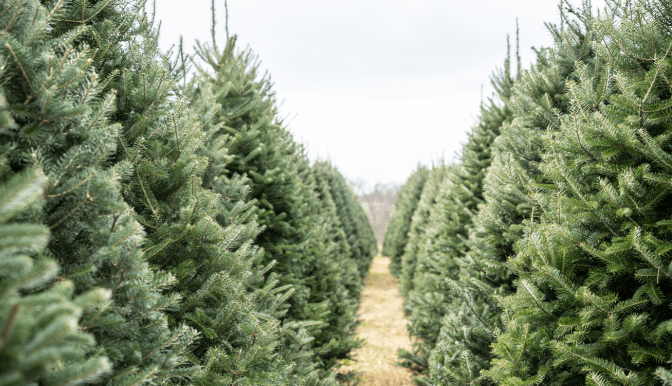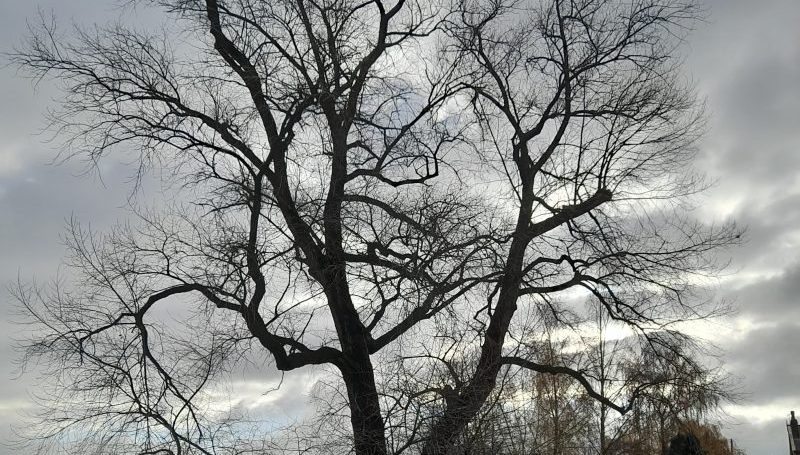As the BBC and the Guardian recently reported, the UK is experiencing a rare phenomenon called ‘false autumn’, which has been caused by the latest heat wave and ensuing drought conditions. This has pushed some trees into survival mode; an extreme form of stress, which makes them change the colour of their foliage and even drop their leaves. But this isn’t just a case of an earlier autumn – it can cause serious harm and make trees more susceptible to damage or even death.
The recent heat has also had an impact on other habitats and ecology. Berries are starting to ripen earlier than usual – with some of the earliest blackberries recorded. This is not good news for birds and other wildlife who depend on this food source at certain times of year. Reduced river levels are seriously impacting aquatic ecosystems, and dried out soil and tinder-dry grassland not only negatively impacts wildlife but can also cause devastating wildfires.
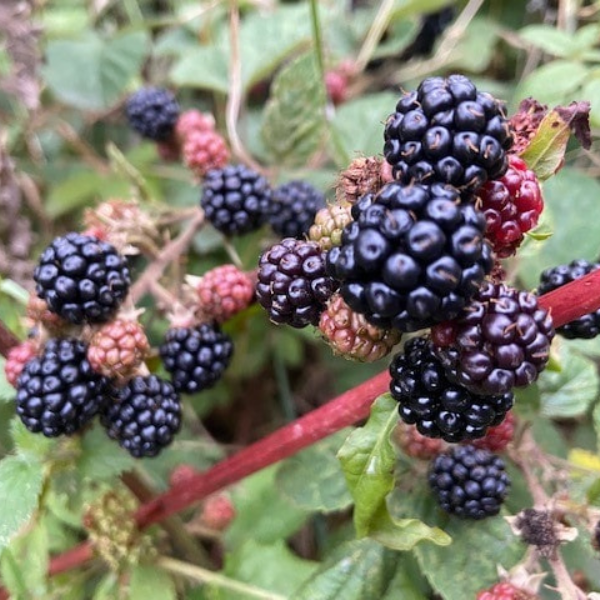
The effect of drought on trees
During times of sustained high temperatures, trees lose moisture through faster evaporation via their leaves. This means they need more water to survive, but if high temperatures also come at a time when it hasn’t rained for a long time, for many trees that aren’t near a reliable source of water, this can cause problems. When trees go into shock their leaves start to dry out, die back, and fall.
Some trees also start to over-produce seeds, such as acorns, in a desperate attempt to reproduce, which can cause problems for animals that rely on them as a food source later in the year.
Generally, larger and better established trees can survive drought conditions longer than smaller trees or those that are already under stress, but all trees will eventually begin to die as they fail to draw in enough water. This can lead to branch failures as they dry out and become more brittle. Trees will then either die completely or recover to a greater or lesser extent the following spring, depending on whether they have enough stored energy resources to re-establish themselves.
Trees that are under stress from drought are also more prone to infection from bacteria and fungi due to their weakened condition. This means that the long-term effects of drought can take many years to show.
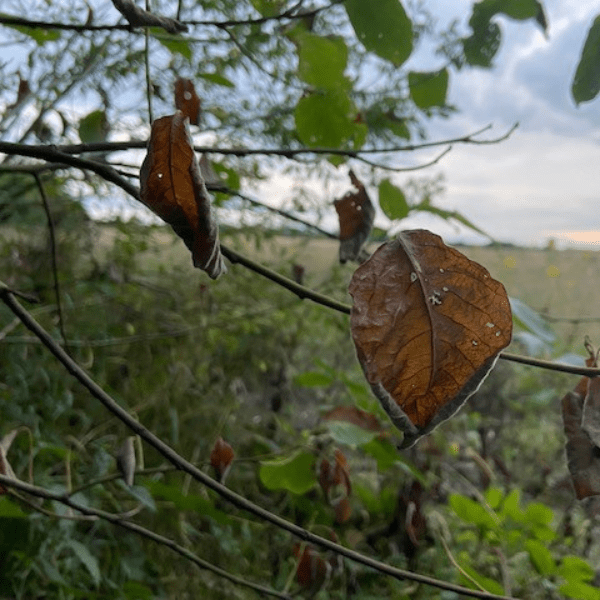
Looking ahead
The potential longer term effects of extreme heat and drought on our trees will only show over time. If you are responsible for the management of trees on your land, this can only be identified through long-term, regular surveys. When we provide tree health and safety reports we always recommend that a further study should be carried out following any severe weather events such as strong winds, heavy snowfall or prolonged drought.
In general, trees adapt very poorly to quick changes or extreme weather events beyond the usual change in seasons, but if we continue to suffer the effects of climate change and have more hot and dry spells in the years to come, it will become even more important to regularly monitor the health and safety of our tree stock.
